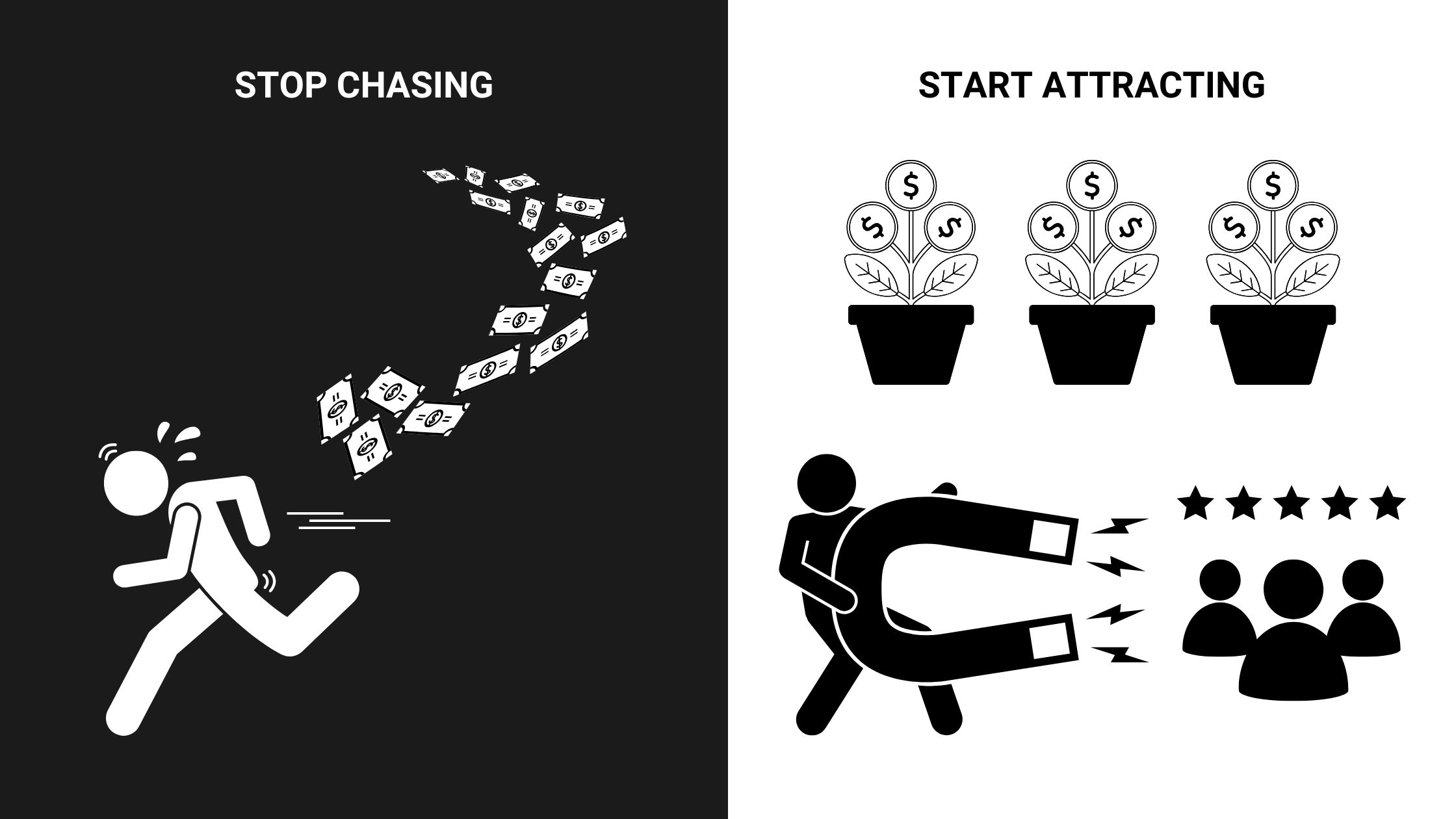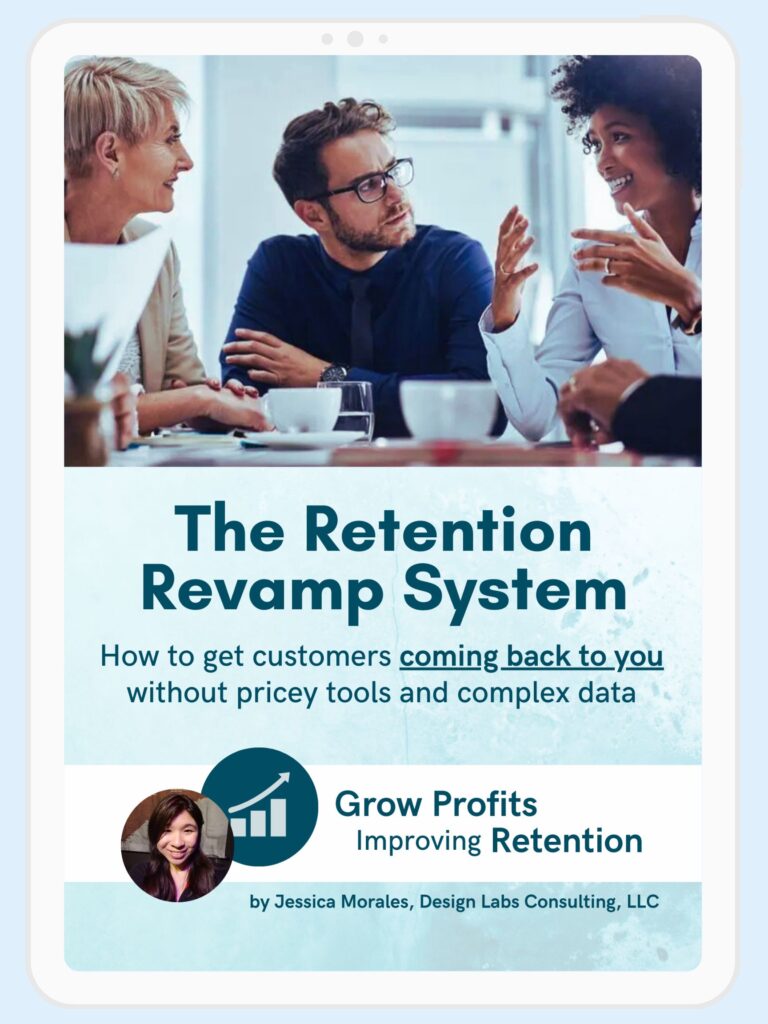Why Customer Retention Matters
Are you focused on attracting new customers but neglecting the ones you already have? Improving retention can be more cost-effective than acquiring new customers every month. A study by Hubspot explains that “…it costs 5-25 times more to acquire a new customer than to retain an existing one.” Small improvements in retention will boost your profitability and customer lifetime value (LTV). Effective customer loyalty strategies are a MUST for sustainable business growth.
In this article, you'll learn:
- ✅ How to measure customer retention.
- ✅ Simple ways to keep customers coming back.
By the end, you’ll have actionable strategies to improve retention and reduce churn. Let’s dive in.
What is Customer Retention?
Customer retention is the rate at which customers stay with a business over time. Strong retention builds loyalty, encourages repeat purchases, and drives long-term business growth.
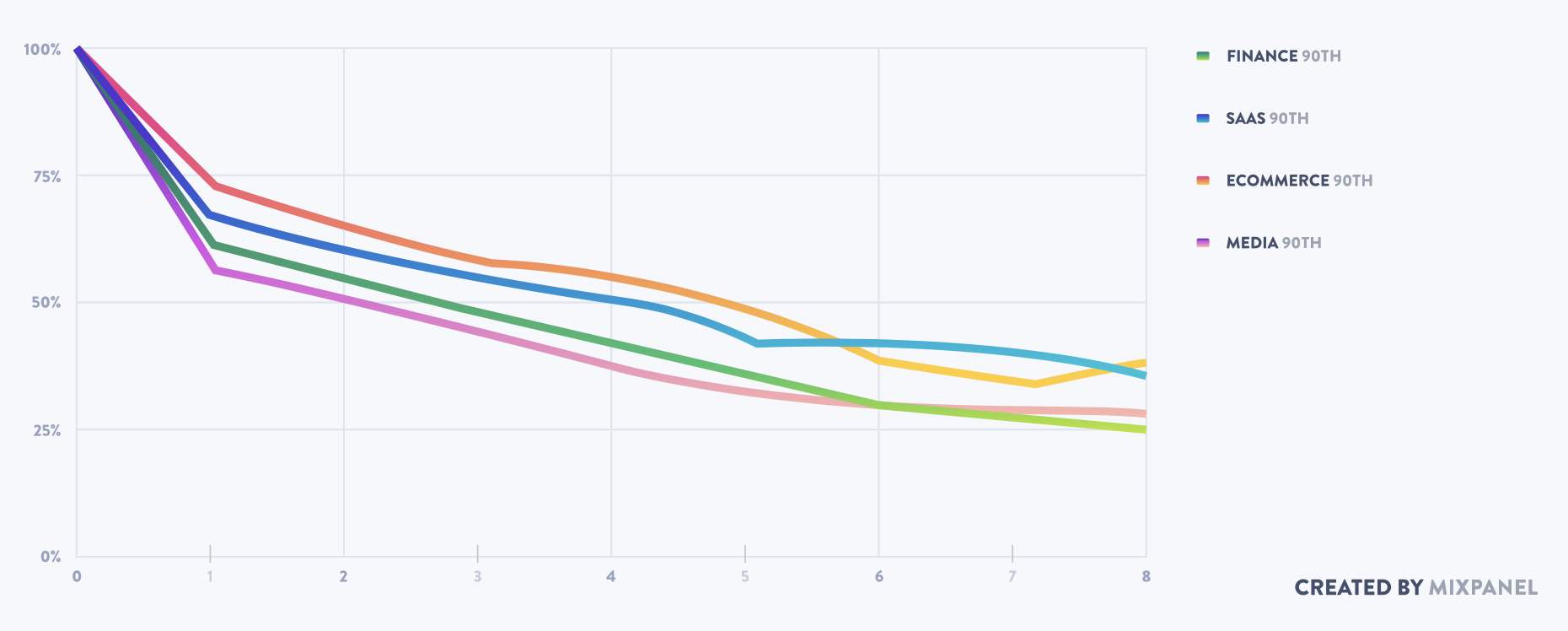
The Three Phases of Retention:
Short-Term Retention (Week 1): The early stage when customers first use your product. The goal is to have the customer use the product more than once.
Mid-Term Retention (Week 1- Week 4): The in-between stage showing product adoption. Your goal is to establish a pattern of usage.
Long-Term Retention (Week 4 and beyond): The stage indicating loyalty and sustained value. The goal is to get the customer to find your product or service indispensable.
Now that you understand the retention stages, let’s look at how to measure it.
How to Measure Customer Retention
If you can’t track it, you can’t improve it. Understanding your retention metrics allows you to make data-driven decisions.
Customer Retention Metrics:
Retention Rate: The percentage of customers who continue using your product over time.
How to calculate Retention Rate (RR):
RR = [(Customers at the End of the Period – New Customers Acquired) / (Customers at the Start of Period)] * 100

Example: If you started with 100 customers and ended with 90, but 20 were new, your retention rate is 70%.
[(90-20)/100] * 100 = [(70)/100] * 100 = 70%
Churn Rate: The percentage of customers who stop using your product during a period of time.
How to calculate Churn Rate (CR):
CR = [(Customers Lost) / (Customers at Start of Period)] * 100

Example: If you lost 20 customers out of 100, your churn rate is 20%.
(20/100) * 100 = 20%
Customer Lifetime Value (LTV): The total revenue a customer generates with your business.
How to calculate Customer Lifetime Value (LTV):
LTV = Average Purchase Value * Average Purchase Frequency * Average Customer Lifespan

Example: If your customers spend an average of $50 per purchase, buy from you 4 times a year, and stays with you for 3 years, your LTV is $600.
50 * 4 * 3 = $600
To get started, these are some of the best tools for tracking retention. Mixpanel, Google Analytics, and Amplitude all have powerful features to track, analyze, and report data.
Once you’ve calculated your own metrics, how do you know if your retention is on par with industry standards? That’s where industry benchmarks come in.
Retention Benchmarks
Calculating your retention rate is just the first step. To gauge performance, compare your metrics to industry benchmarks.
Week One Retention by Industry (Mixpanel 2024):

- Technology: 49%
- Media: 40%
- Fintech: 51%
- e-Commerce: 39%
- Healthcare: 44%
- Gaming: 25%
These benchmarks highlight the competitive nature of today’s market. Retention rates are dropping across industries, making it crucial to implement effective strategies.
Why Short-Term Retention Matters
Short-term retention (first 30–90 days) determines if a customer will stay engaged or churn. Identifying drop-off points early allows you to address issues before they become long-term problems.
Quick Wins for Short-Term Retention
Here are a few quick wins to improve short-term retention:
Simplify Onboarding: Make it easy for new users to understand and get value from your product. A streamlined onboarding process is key to keeping users engaged early on.
Engage Users Early: Remind users about your value. Send follow-up emails, push notifications or in-app messages. Don’t overdo it—nobody likes a spammy inbox!
Offer Incentives: Motivate your customers to stick around. What are you offering your customers so that you stay top of mind? Consider rewards like loyalty points, discounts, or bonuses.
For example: Starbucks does this with their loyalty program. With every purchase, a user receives “Stars.” Collecting stars leads to discounts or freebies.
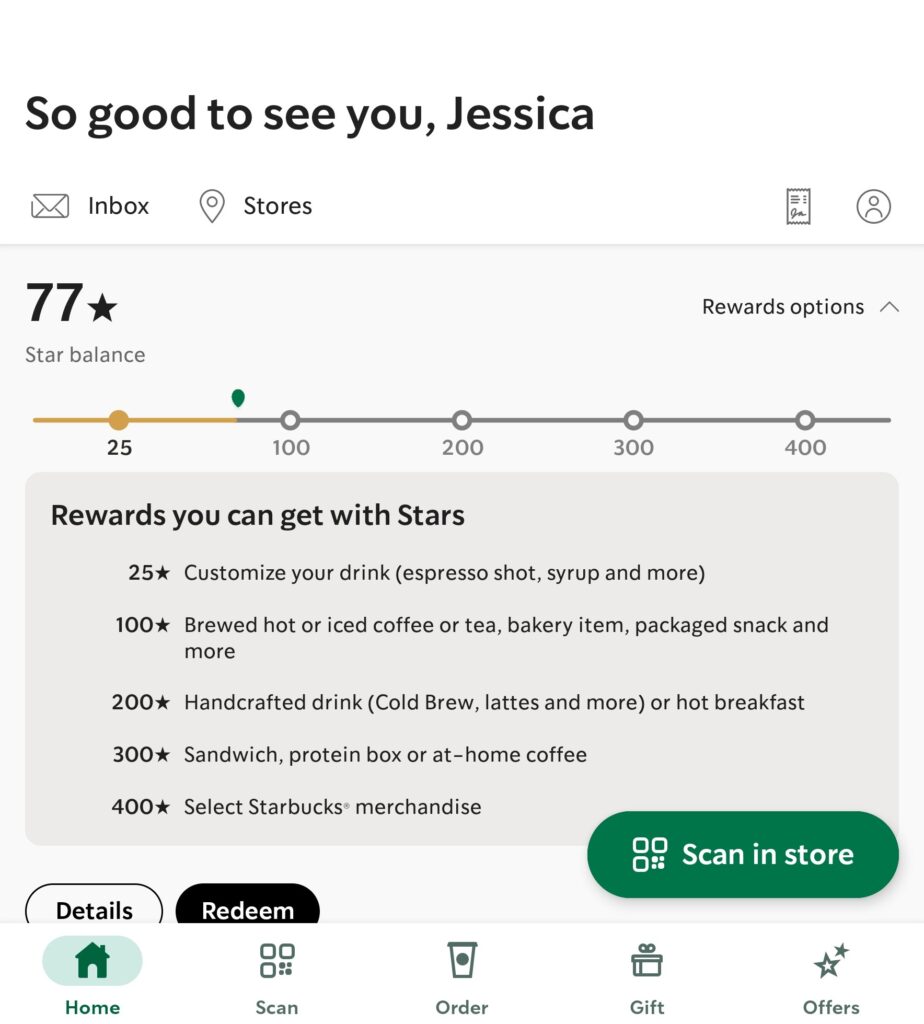
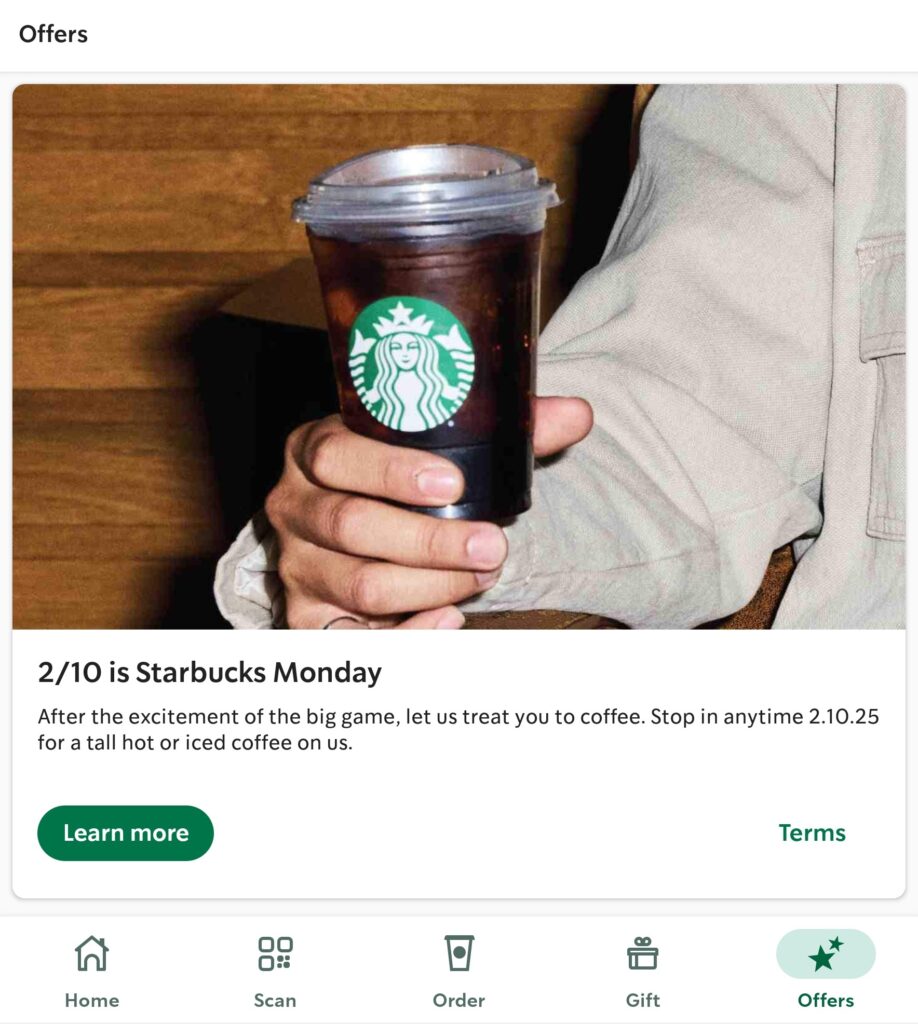
Gamification: Turn using your product into a fun experience. Use gamification techniques such as currency, experience points (XP), streaks, and badges.
For example: Duolingo does this by rewarding users with XP, streaks and achievements. This makes learning fun and keeps users sticky.
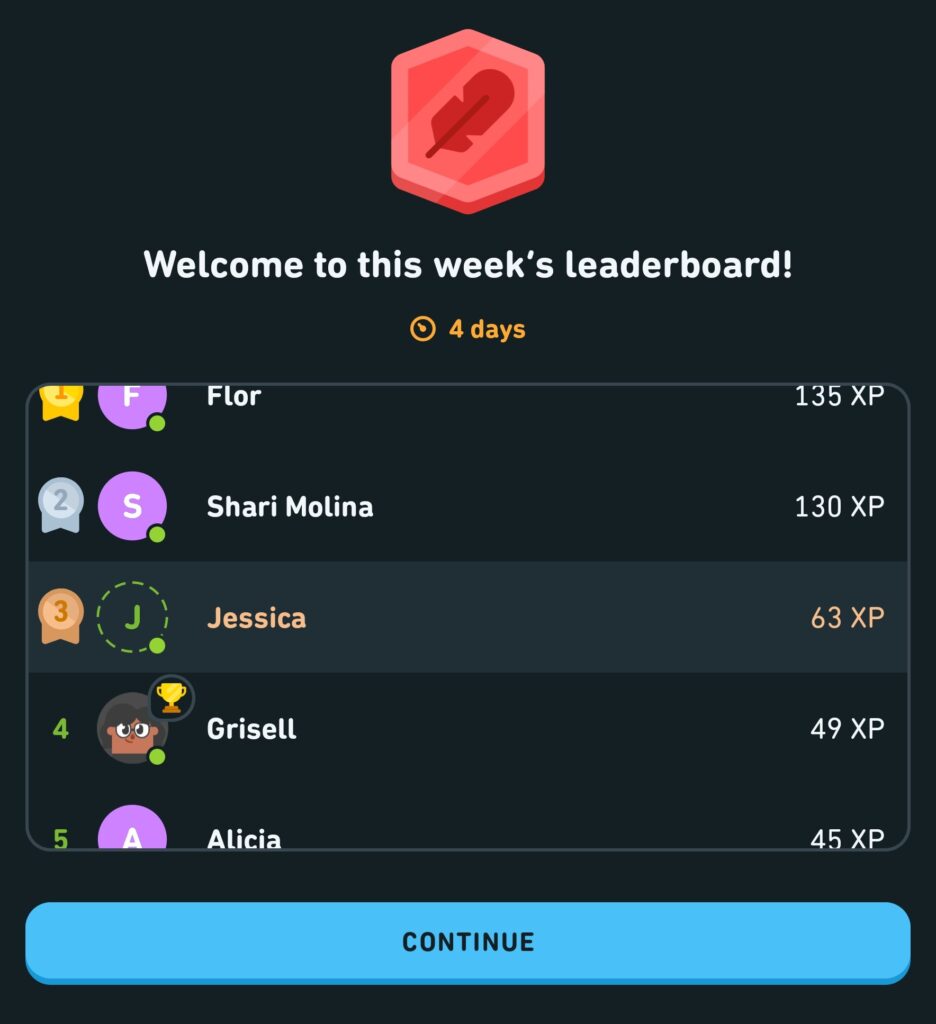
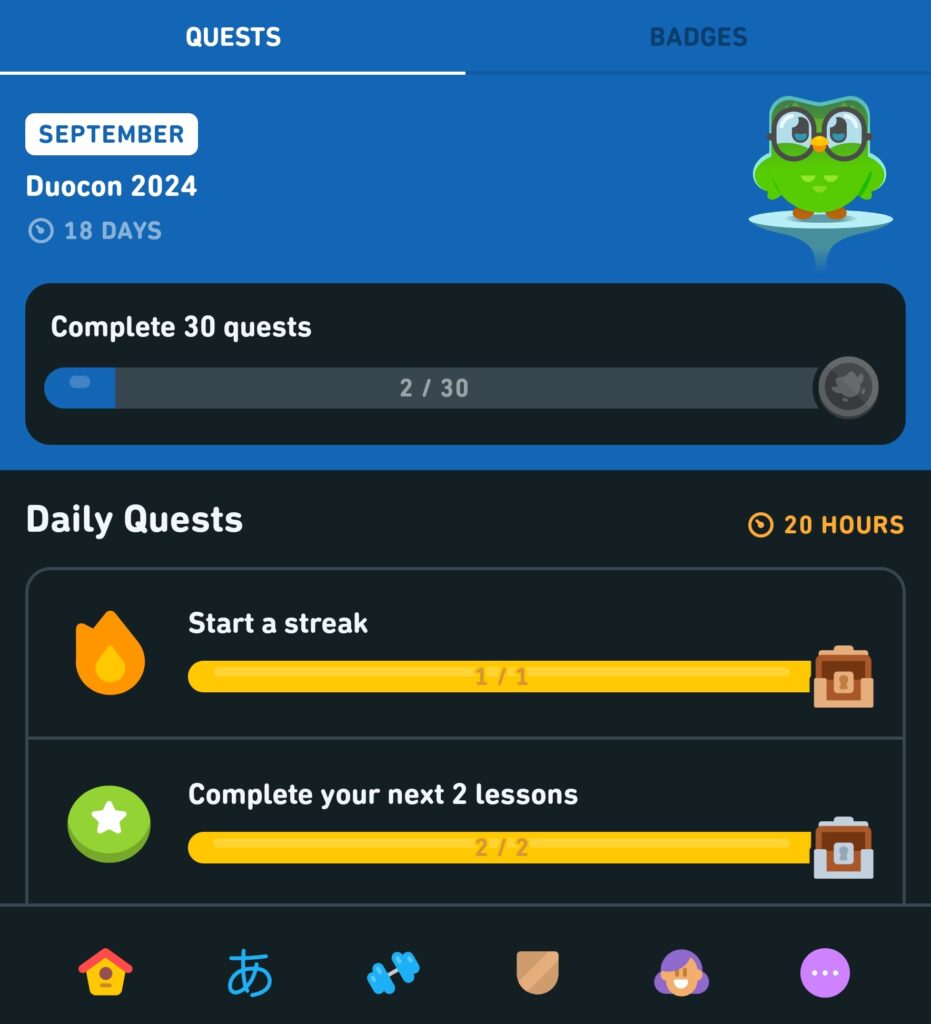
While these quick wins help improve short-term engagement, long-term retention requires deeper relationship-building strategies that keep customers loyal over time.
Long-Term Retention Strategies
For sustained retention, focus on relationship-building strategies:
Personalization: Use customer data to tailor the experience. Personalized interactions increase engagement and retention because customers feel more valued.
For example: Spotify’s Year-End Wrapped shows users their music tastes and makes the experience feel more personal.
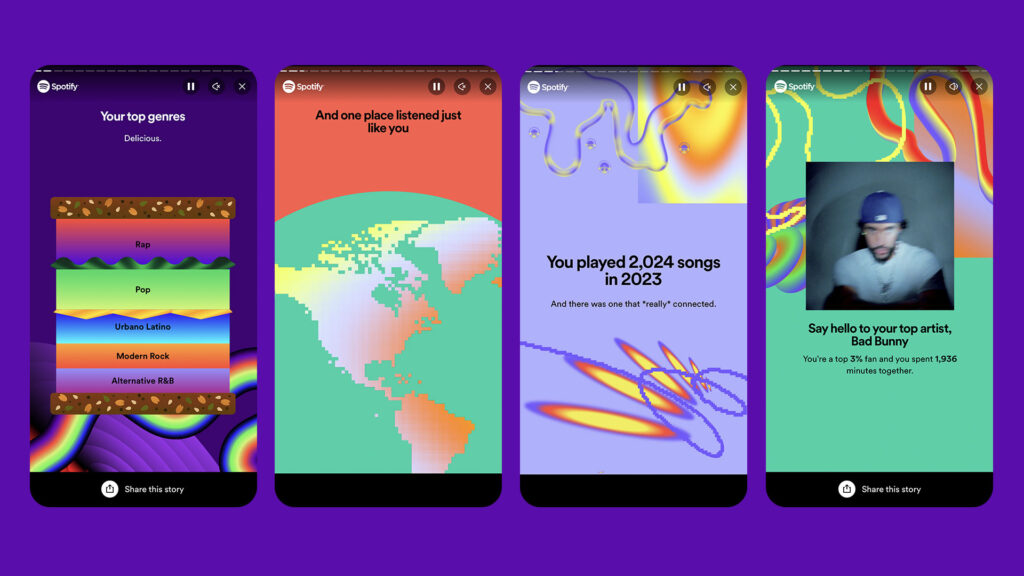
Post-Purchase Education: Help customers get the most out of their purchase.
For example: Home Depot sends emails with tips on how to use the product you bought. This ensures customers find value through educational content.
Regular Check-Ins: Check in with customers from time to time. Are they finding value in your product or service? Even if they’re dissatisfied, it’s a chance to improve and strengthen the relationship.
By implementing both short-term and long-term strategies, you’ll reduce churn, increase retention, and build customer loyalty. Let’s go over actionable steps you can take right away to start improving retention in your business.
How to Improve Retention
Ready to start improving retention? Here’s a simple action plan to get you going:
Measure Retention & Choose Key Metrics – Calculate Retention Rate, Churn Rate, and LTV. Analyze retention curves to identify drop-off points and set benchmarks.
Strengthen Short-Term Retention – Streamline onboarding, re-engage inactive users with reminders, and offer small incentives to encourage early usage.
Build Mid-Term Retention – Encourage habit formation, personalize experiences, and reduce friction in the user journey.
Track and Adjust Based on Data – Use analytics tools to monitor trends, run A/B tests, and address drop-off points with targeted improvements.
Develop a Long-Term Retention Strategy – Strengthen relationships with loyalty programs, provide ongoing value, and evolve the customer experience based on feedback.
Implementing these steps will help you improve customer retention, reduce churn, and create a loyal customer base. But retention isn’t just about tactics—it’s about shifting your mindset to prioritize long-term relationships over short-term gains.
Conclusion
You’re missing out on a goldmine by only focusing on customer acquisition. Customer retention is key to sustainable growth. Businesses that focus on it experience higher profitability, stronger loyalty, and long-term success.
Do Your Retention Metrics Measure Up?
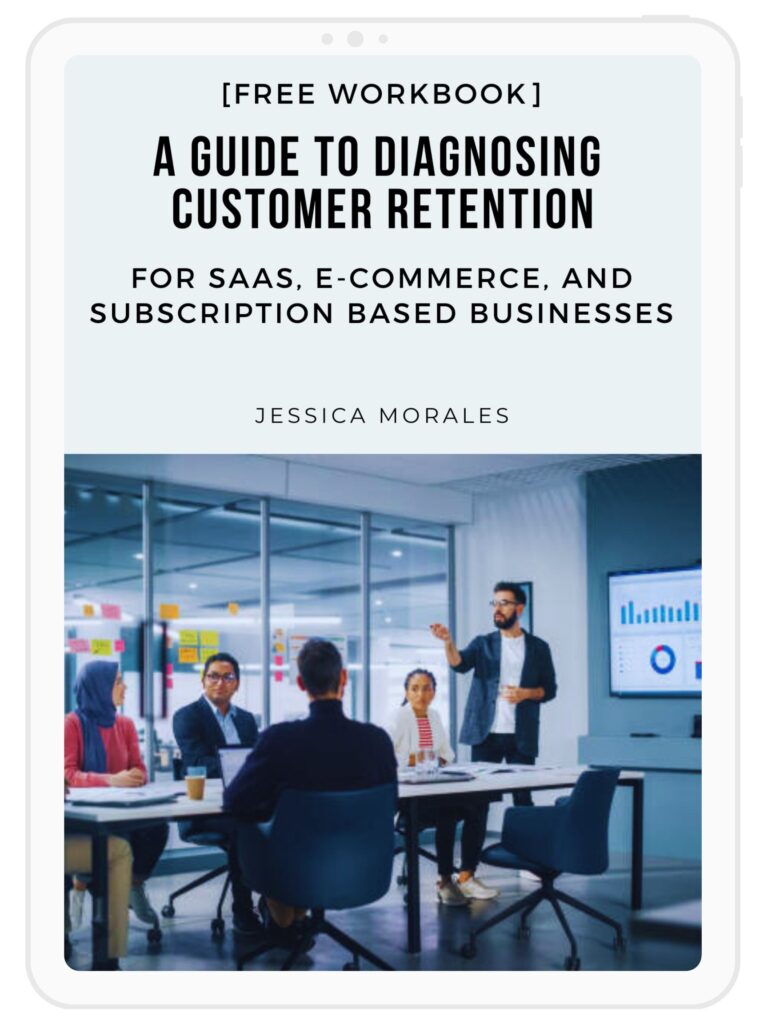
SaaS, e-Commerce, and those who run a subscription based business:
I’ve created a free guide to help diagnose and improve your customer retention. This guide will show you how you compare to industry standards and outline next steps to improve it.

